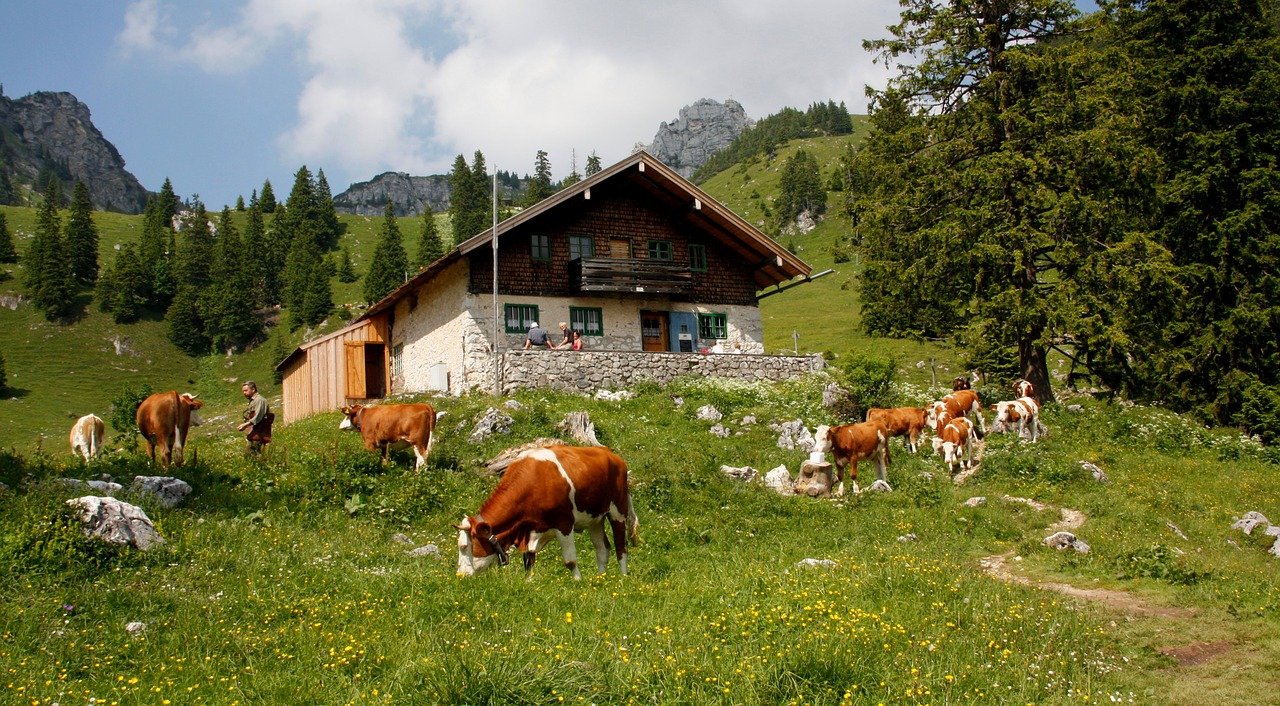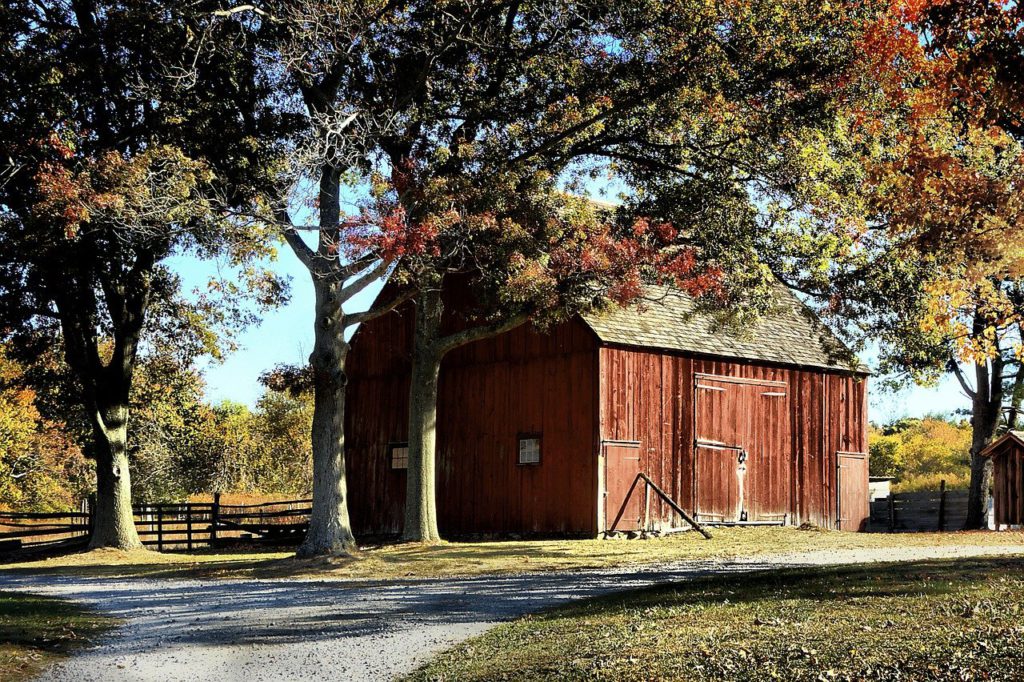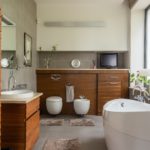
To build a barn that works not only on your property but also on your horses, there are a few things you need to consider before you get started. If you’re looking for something affordable, useful, and easy to build for your horse or other farm animals, consider building a lazy barn. Once you understand all these nuances and features, you can easily build a recreational shed for your horse or any other pet you have.
With all these tips and practical life tricks, you will not only be able to build a shelter for your horses that will protect them from the sun and make your horses walk in the rain. Before you start messing around for your horses, it’s always best to have your horses talk to the experts to make sure the barn you’re building not only works for your horses, but also your property. Today we will tell you about rest stalls, their purpose and all the basic information you need to know before building a stable.
A rest canopy can be a valuable asset for any horse trainer, especially those who can train their horses in adverse weather conditions. Lounging around in the barns can also ease your mind, as you won’t have to rush home to stable your horse if the weather turns cold. Sheds for running in or lounging can be a cheap and healthy alternative to placing a horse in a stall barn. Free access to the shed allows horses to stay outdoors longer than those who may only have a stable for shelter.
Free access to the horse arena means that many horses can be left outdoors at any time of the year, eliminating the expense and hassle of using littered stalls in the stable. Depending on the size of the barn, several horses may come to the meeting. You can make stables in the barn for a few horses, cattle, or even park your tractors, etc.
If you cannot afford a large stable for your horse or livestock, you can always opt for a small stable. If you breed horses and decide to build a barn for them, this is a good idea. If you have horses, you have probably thought about building a barn for them.
Quite often, horse owners decide to add feeders or storage areas to their barns. If your horse lives in a pasture or is driven out most of the time, a canopy can provide shelter from winter storms, summer heat, and flies. While they may not be as appealing to our human senses, from a horse’s point of view, a barn is a big house, providing comfort in bad weather.
Whether you are planning a stable for a quick refuge during the hustle and bustle of the day, as a temporary stable until your stable is built, or as a primary shelter for horses who spend most of their time on pasture, a barn-style stable from the most basic and useful buildings on the farm. Penned or “lounging” sheds are three-sided structures that provide shelter from the hot sun, wind, and wet weather for grazing animals. It’s good to have a resting shed handy, as it can provide valuable weather shelter for horses to keep them safe.

Whether you’re building this 8×24 carport to park a tractor, cart, livestock or anything else, it needs to be durable and weather resistant. This 8×24 barn plan will help you protect your livestock from any damage that severe weather might cause. These 10 free pet barn plans will provide great ideas for creating a beautiful home for livestock or pets. Our standard DIY barn kits provide superior protection for your animals and livestock by combining the required strength and durability of steel with increased resistance to fire, termites, weathering and decay.
Building an industrial shed yourself may seem like a great idea – you can cut costs and use the building materials you already have on hand, however, we recommend that you carefully consider how a DIY shed can stand the test of time. its use will last for many years. Yes, you can build a barn at home with a very simple kit and very little money.
We recommend that you place the barn in a dry, high spot, usually where horses like to hang out. As for orientation, make sure the canopy is positioned so that it will protect your horses from direct sunlight in the summer and cold winds in the fall and winter. You don’t have to run home if it rains or snows because you’re afraid your horse will get wet.
The downside is that not all horses know enough to withstand the elements and they may need a little encouragement like some hay in the corner to lure them into the commercial shed. A horse kept outdoors with access to a barn may become more relaxed and less likely to indulge in bad habits. Another downside to dating is if your horse gets sick or injured and needs rest or care. It may also be harder for you to closely monitor the health of your horses if you only have one appointment.
The ground should be sloping away from the stream so that water doesn’t pool during snowmelt and heavy rain, but not at an angle so your horses don’t stand on level ground. Run wide enough and high enough for your horses to stand, move, and lie comfortably.
Matches can be built from wood or metal, but metal would require a 4-6 foot tall wooden wall inside to protect the horses from lacerations. In most cases, conventional horse rest sheds are twelve to fourteen feet deep, with about twelve running feet for every one or two horses. Sheds – small three-sided buildings where grazing horses can take shelter from the weather – are easier and cheaper to build than large barns.




